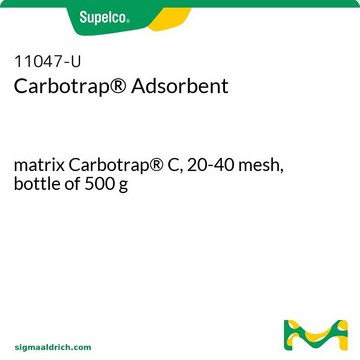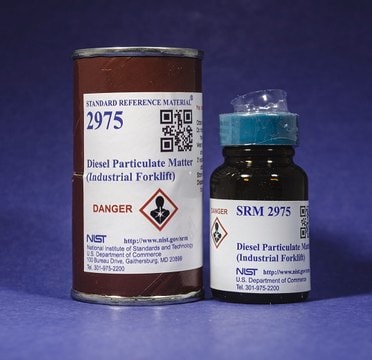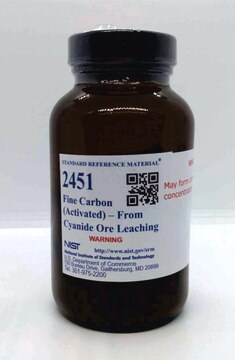699640
Carbon, mesoporous
less than 100 ppm Al, Ti, Fe, Ni, Cu, and Zn combined
Sinónimos:
Graphitized carbon black
About This Item
Productos recomendados
grade
battery grade
Quality Level
form
powder
mol wt
Mw 12.011 g/mol
composition
C
greener alternative product characteristics
Design for Energy Efficiency
Learn more about the Principles of Green Chemistry.
sustainability
Greener Alternative Product
surface area
150-250 m2/g
particle size distribution
45 μm±5
pore size
0.5 cm3/g pore volume (typical)
bp
4827 °C
mp
3654-3697 °C
bulk density
1.686 g/cm3 (absolute, typical)
application(s)
battery manufacturing
greener alternative category
SMILES string
[C]
InChI
1S/C
InChI key
OKTJSMMVPCPJKN-UHFFFAOYSA-N
¿Está buscando productos similares? Visita Guía de comparación de productos
Categorías relacionadas
General description
Application
Storage Class
11 - Combustible Solids
wgk_germany
nwg
flash_point_f
Not applicable
flash_point_c
Not applicable
ppe
Eyeshields, Gloves, type P3 (EN 143) respirator cartridges
Elija entre una de las versiones más recientes:
¿Ya tiene este producto?
Encuentre la documentación para los productos que ha comprado recientemente en la Biblioteca de documentos.
Los clientes también vieron
Artículos
Mesoporous Materials include a range of high surface area porous silicates with applications in gas adsorption, drug delivery, diagnostics and catalysis.
Mesoporous materials are formed by a self-assembly process from combined solutions of sol-gel precursors (e.g., metal alkoxides) and structure-directing amphiphiles, usually block-copolymers or surfactants.
A key challenge for nanomaterial safety assessment is the ability to handle the large number of newly engineered nanomaterials (ENMs), including developing cost-effective methods that can be used for hazard screening.
Silica is a very popular inorganic nanomaterial used in a wide range of applications including fillers for rubber, catalyst supports, separation media, carriers in food and agriculture, and abrasive/anticaking agents in cosmetics. It is also widely believed to be an important material for biomedical applications for following reasons.
Global Trade Item Number
| Número de referencia del producto (SKU) | GTIN |
|---|---|
| 699640-25G | 4061833600214 |
| 699640-5G | 4061832795126 |
Nuestro equipo de científicos tiene experiencia en todas las áreas de investigación: Ciencias de la vida, Ciencia de los materiales, Síntesis química, Cromatografía, Analítica y muchas otras.
Póngase en contacto con el Servicio técnico










